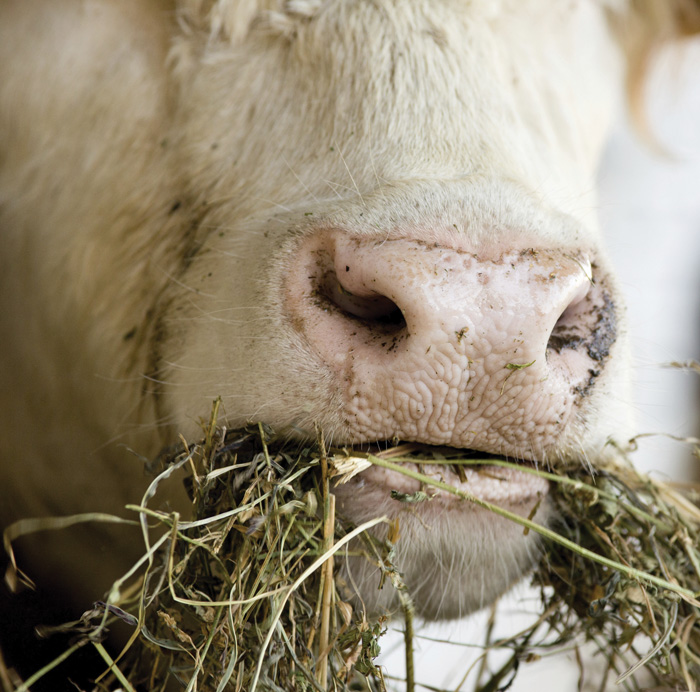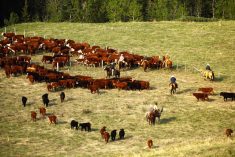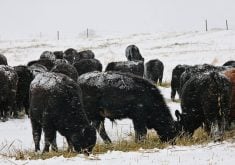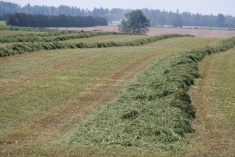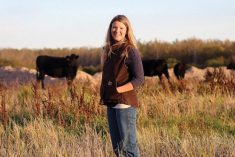Make hay while the sun shines’ is good advice in more ways than one, says a federal research scientist.
“There’s fairly strong evidence that shows, by increasing the sugar concentration in forages, you can improve the performance of ruminants,” said Gilles Bélanger, who spoke during a recent Beef Cattle Research Council webinar.
“If you want to increase sugar concentration in your forage, the easiest thing to do is cut your forages in the afternoon.”
Cattle performance has been linked to how microbes function in the rumen, said Bélanger. And those microbes have a sweet tooth.
“The growth of the microbes depends on both the energy and the protein content of that forage,” he said. “If we increase the concentration of sugars in forages, we’ll have more energy available to the microbes.”
The maximum sugar concentration is reached toward the end of the afternoon, 11 to 13 hours after sunrise, Bélanger found.
“As you go through the day, there’s an increase in the total amount of sugars, and that increase comes mostly from the starch,” he said. “As the crop grows, it produces sugars faster than it can use them for its growth.”
And the gain can be substantial.
“The concentration of sugars can increase between two and four per cent — that is, it can go from six per cent in the morning to eight per cent at the end of the day — and the maximum is reached toward the end of the afternoon and early evening,” said Bélanger.
Read Also

Horns aren’t unlocking anytime soon on livestock transport standards
Standards good enough meet the definition of “humane” animal transportation still vary widely between what what industry wants, what animal rights advocates want and, between the two, what federal regulators decide is good enough.
The afternoon-cut crop also maintained its sugar concentration longer than its morning-cut cousin even when left to lie in the field for a few days, he said.
“Throughout the wilting process, the difference in sugar concentration in p.m. and a.m. cutting was maintained so that at the end of the wilting period, you still had that difference.”
But swathing reduced the sugar concentration, said Bélanger.
“Cutting alfalfa at the end of the day — between 4 p.m. and 6 p.m. — without swathing is the best way to maximize sugar concentration in wilted forage.”
While the concentration of sugar was greater in some species, such as reed canary grass, all forages showed an increase when cut in the late afternoon — up to five per cent in some cases, said Bélanger.
“We did this research on a number of forage species that are widely grown in Canada, and for all the forage species that we had, there was an increase in sugar concentration with the p.m. cutting.”

